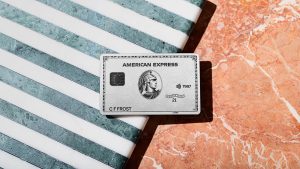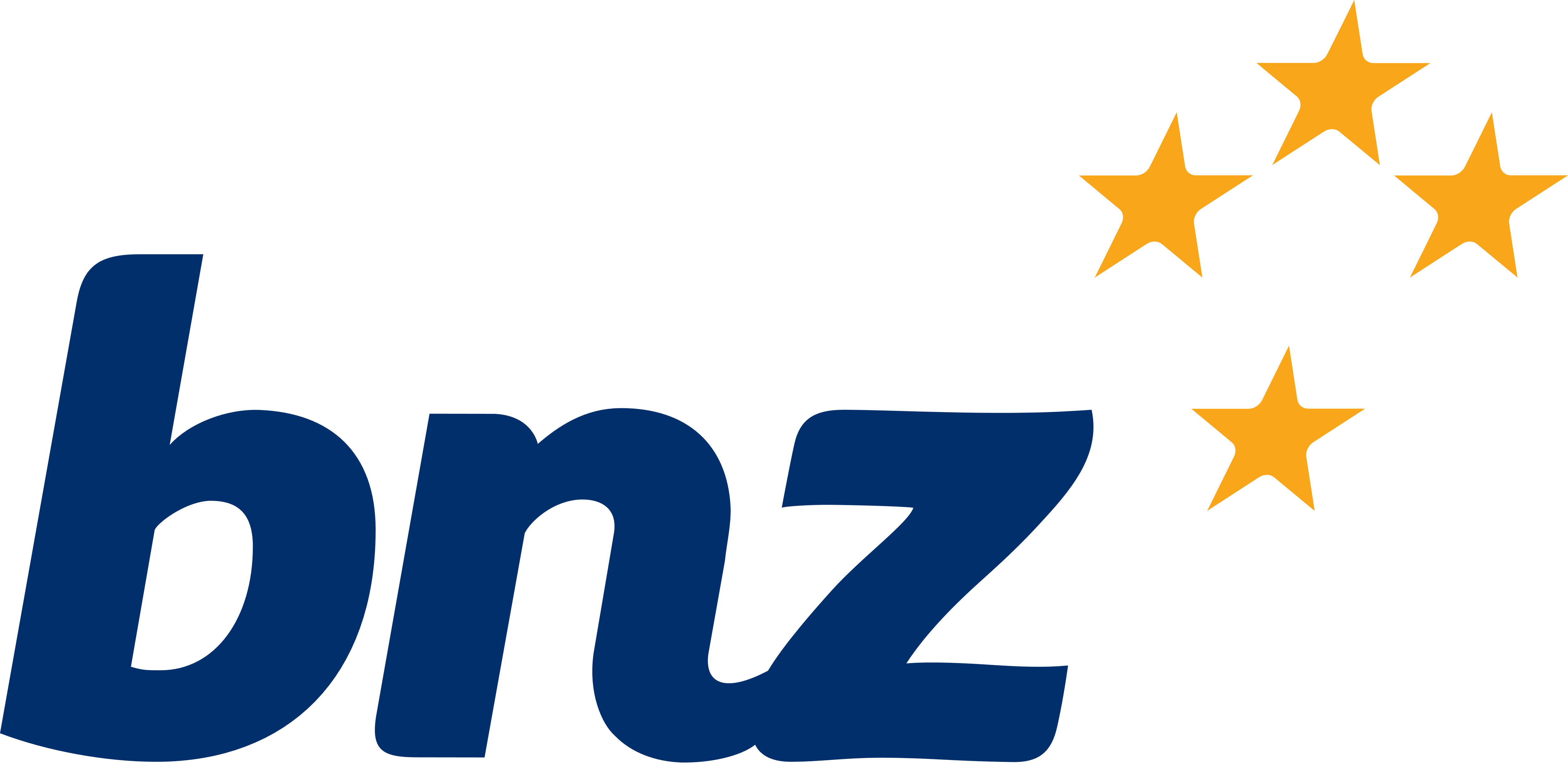LoanOptions.ai Business Overdraft
Interest Rate (p.a.)
Upon application
Establishment Fee
1% of limit (min $75)
Monthly Overdraft Fee
0.1% (min $5)
Unarranged Overdraft Fee: Minimum $10 per month
LoanOptions is a broker who uses leading edge AI to match potential lenders to the best financial solution
Submit loan application within 8 minutes and get instant pre-approval.
Business Overdraft
Interest Rate (p.a.)
10.25%
Establishment Fee
Min. of $75.00
Monthly Overdraft Fee
0.10% (min $5)
Unarranged Overdraft Fee: $10 per month
Unauthorised/excess rate: 22.00% p.a.
No set repayments – you can make payments as and when suits your business.
Business Overdrafts
Interest Rate (p.a.)
10.97%
Establishment Fee
Up to 1% of the limit min. $25
Monthly Overdraft Fee
0.12% (1.44% p.a)min.$5
Unarranged Overdraft Fee: $3
Monthly overdraft fee is 0.12% (1.44% p.a.) of limit or highest daily overdraft, with $5 minimum.
Be cash-ready when opportunity knocks.
MyMoney for Business + Overdraft
Interest Rate (p.a.)
11.40%
Establishment Fee
-
Monthly Overdraft Fee
0.15% per month (min $5.00)
Unarranged Overdraft Fee: 0.15% per month ($5.00 minimum)
21.40% (base rate + 10%) is charged if you go over your arranged overdraft limit.
There is a monthly fee of $8.50 for the MyMoney for Business account
Commercial Overdraft Facility
Interest Rate (p.a.)
Starting from 10.49%
Establishment Fee
1% (min. $50)
Monthly Overdraft Fee
0.18% (min. $5)
Unarranged Overdraft Fee: $25
ANZ Business Overdraft
Interest Rate (p.a.)
10.65%
Establishment Fee
Either a min. $75 or 1%
Monthly Overdraft Fee
0.12% (min. $5/month)
Unarranged Overdraft Fee: $3 is charged in addition to excess interest.
The establishment fee is either a minimum of $75 or 1% of the limit, whichever is greater.
Exceeding the overdraft limit results in 21.90% extra interest (Business Overdraft Base Rate + 7% p.a) until repaid.
Westpac Business Overdraft
Interest Rate (p.a.)
upon application
Establishment Fee
1% of limit (min $400)
Monthly Overdraft Fee
0.1% (min $5)
Unarranged Overdraft Fee: $9 per month without arranged limit and overdrawn.
19.95% p.a. unarranged overdraft rate
Business First Transact + Overdraft
Interest Rate (p.a.)
11.40%
Establishment Fee
-
Monthly Overdraft Fee
0.15% per month (min $5.00)
Unarranged Overdraft Fee: 0.15% per month ($5.00 minimum)
21.40% (base rate + 10%) is charged if you go over your arranged overdraft limit.
The Business First Transact account has 3 fee options. 1) Pay as you go 2) $10 Plan or 3) $20 Plan
Business First OnCall + Overdraft
Interest Rate (p.a.)
11.40%
Establishment Fee
-
Monthly Overdraft Fee
-
Unarranged Overdraft Fee: $5
21.40% (base rate + 10%) is charged if you go over your arranged overdraft limit.












